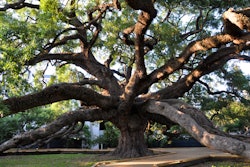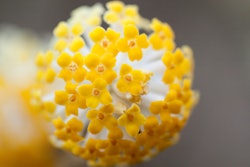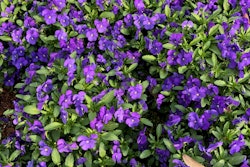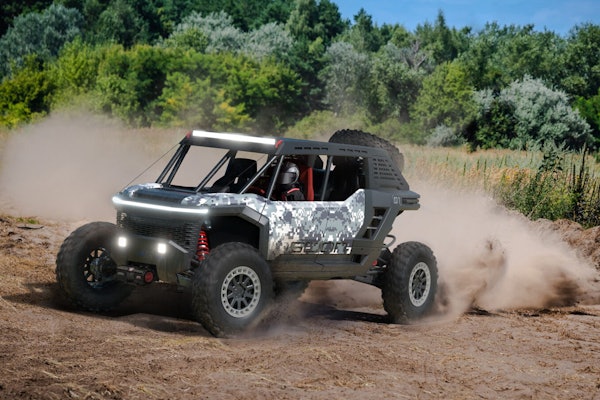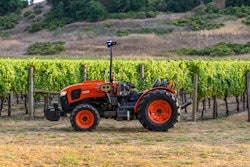 Photo: Arborjet
Photo: ArborjetMicroinjection, a technique for injecting fertilizers, pesticides and other chemicals directly into trees, is often the safest, most effective and quickest way to deal with pest infestation and disease.
Many tree-care specialists believe microinjection could be the only way to save trees from the devastation caused by non-native insects, including the emerald ash borer.
It has become a popular means of treating trees because it achieves a level of control that is not possible with sprays, especially on larger trees.
Microinjection is a safe and environmentally friendly method for applying chemicals to trees. Because the chemical is contained entirely within the injection system and the tree, you no longer are limited by the weather because rain and wind can’t affect the application.
Applying chemicals this way also results in fewer hazards for birds and other wildlife; they are not affected. In fact, microinjection can target insect pests without harming other beneficial insects. There is no spray drift to think about and much lower risk of a chemical spill. And it’s cheaper than conventional spraying.
Like most things, microinjection is a technique you’ll learn by doing. Most suppliers offer training and all of them provide technical support. The best part is that most of the cost to get started is in the cost of the products themselves. There are not a lot of tools required. As always, read and carefully follow labels for using pesticides.
Quick installation vital regardless of injection method
Precisely how you microinject trees depends on which product you select. But the process typically involves either tapping in feeder tubes or inserting them in pre-drilled holes at the base of the trunk or root flair.
If you are trying to ensure that the chemical reaches the crown of the tree, you should microinject during active transpiration. If you need the chemical treatment to reach the tree’s roots, you’ll want to wait until fall or spring. The process won’t work on dormant trees, though, because there is no movement of xylem fluids during that time.
If you are drilling holes for the feeder tubes or implant capsules, you should install the tubes or capsules in each hole within seconds of drilling. Be sure to remove any drill shavings before insertion. Depending on the product and technique used, the tree will either pull the chemical itself, or you’ll apply pressure to get the desired flow.
Worried that each entry point of microinjection will harm the tree? Don’t be. It’s usually not a concern. If you do it correctly (at precisely the correct depth), the trees will compartmentalize the injured tissue and the holes will fill up with callus tissue, so permanent damage to the tree is avoided. However, you shouldn’t inject the tree again until the old wounds have completely healed, which takes approximately one growing season.
Remove the feeding tubes or capsules when the tree has depleted them of their chemicals, which takes less time than you’d think: sometimes within a few minutes for larger trees – even less if it’s hot outside.

